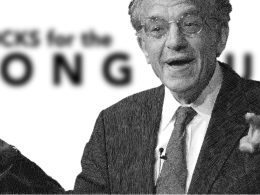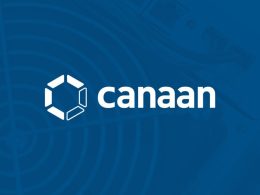by Kevin Flanagan Head of Fixed Income Strategy & Samuel Rines Macro Strategist, Model Portfolios, WisdomTree
Key Takeaways
- With the April 2nd tariff deadline approaching, markets are eager to see if the Trump Administration signals a more targeted—but still impactful—approach to trade policy.
- Despite not cutting rates in March, the Federal Reserve is signaling a cautious stance, balancing modest inflation risks with downside growth concerns driven by policy uncertainty.
- Treasury yields remain elevated amid conflicting signals, with markets pricing in slower growth that is still vulnerable to headline-driven reversals in Q2 and beyond.
As the first quarter comes to a close, there is one word that has become the new go-to term to describe the investment backdrop: uncertainty. For part two of our blog series on the topics at hand, we’ll try to limit our use of this exact word but make no mistake—it will continue to have an impact on the macroeconomic outlook, Fed policy, and, of course, the stock and bond markets. With the April 2nd tariff announcement date looming, the question that comes to our mind is whether today’s anxieties will actually come to fruition and whether the markets have already discounted, at least to a certain extent, the actual news that will hit the tape.
Here are some key pre-April 2nd thoughts to keep in mind:
Trump
- The Trump Administration has not shied away from its commitment to tariffs and the threat of tariffs. While no tariffs of significance have been implemented, the April 2nd “deadline” for reciprocal tariffs looms.
- As April 2nd approaches, there continue to be shifts and pivots on the trade front with caveats and carveouts for autos and other critical components, and trade negotiations with friendly nations—including India.
- With the latest reports pointing to a more targeted and narrower April 2nd implementation, it will be crucial to understand the duration and permanency of those put in place.
- DOGE, the Department of Government Efficiency, remains in the headlines but labor market data has yet to reflect its effectiveness. This will likely remain the case in the near term.
- “America First” economic policies are seizing the attention of the markets, and that dynamic will continue as the tariff and trade announcements come across the wires. This is not going to abate in the near future and neither will the consequent volatility.
Powell
- While the March FOMC meeting did not contain any rate cuts, the Federal Reserve has now officially joined the “downside risk to the economy, upside risk” to inflation camp.
- Based on Powell’s post-meeting presser, it appears that policy makers’ concerns surrounding potential adverse impacts on the economy from tariffs may be modestly outweighing the potential effects on inflation. The Fed Chair actually revived the word “transitory” to describe possible tariff-induced price pressures.
- The policy makers are still in no hurry to cut rates. The “reactionary” Fed is in both data- and policy-dependent mode and waiting for fresh economic/inflation reports to see how Trump-related policies (i.e., tariffs, federal government cost cutting) impact the macro backdrop.
- While the Fed’s dot-plot remained at two rate cuts for 2025, implied probabilities for Fed Funds Futures, as of this writing, are skewed toward three decreases.
- In our opinion, one to two rate cuts for this year is a reasonable scenario.
Rates
- Due to the Trump & Powell effect, we expect to see continued volatility in the Treasury (UST) market, with overall yields remaining at ”normal” elevated levels even if the Fed does cut rates again later this year.
- The UST 10-Year yield has already discounted the potential for reduced economic growth (not a recession) and has also been supported by risk-off sentiment, while arguably ignoring tariff-induced inflation probabilities. Validation of the rally will be required at some point, yet again.
- While the current narrative in the UST market has been supportive for bond prices, headlines could shift to create a less friendly backdrop later in Q2/Q3, as fiscal policy and budget deficits could come back into focus.
Conclusion
Our advice: stay tuned and don’t get too caught up in the day-to-day headlines because this is going to be a very fluid situation.















